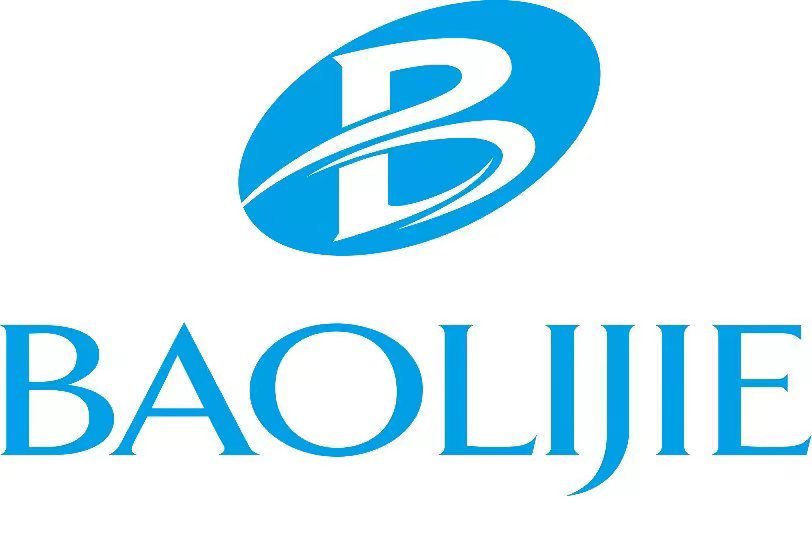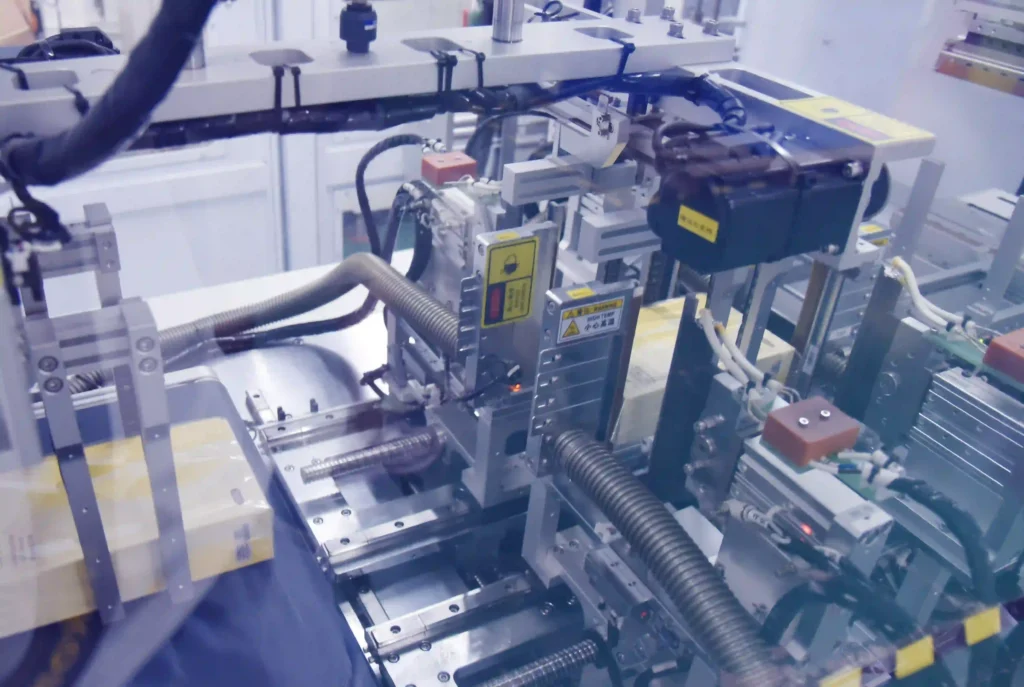In the realm of oral health, innovation has been a driving force, revolutionizing the way we maintain our teeth and gums. Among the key players shaping this transformation are electric toothbrush manufacturers. These companies have leveraged advanced technology and design to create products that not only clean effectively but also make brushing an enjoyable experience. The journey of electric toothbrush manufacturing began with a few pioneers who saw the potential of electric power in dental care. Today, the market is a bustling landscape of competition and innovation, with several top manufacturers making significant strides in improving oral health.
The Evolution of Electric Toothbrush Technology
The evolution of electric toothbrush technology has been a remarkable journey, transforming the way we maintain oral hygiene. This transformation began in the 1950s, when the first electric toothbrush was introduced by a Swiss engineer named Georges Gillette. Since then, electric toothbrushes have undergone significant advancements, becoming an essential part of our daily oral care routine.
The initial electric toothbrushes were bulky and expensive, relying on a rotating or oscillating action to clean teeth. However, these early models faced several challenges, including battery life and user acceptance. Despite these limitations, they paved the way for future innovations in electric toothbrush technology.
In the 1960s, the introduction of rechargeable batteries improved the convenience of electric toothbrushes, making them more appealing to consumers. This period also saw the emergence of sonic toothbrushes, which used high-frequency vibrations to clean teeth more effectively. These advancements marked a significant shift in the electric toothbrush market, setting the stage for further developments.
The 1970s and 1980s saw a focus on improving the design and functionality of electric toothbrushes. Manufacturers began incorporating features such as timers, pressure sensors, and different brush head options to cater to various oral care needs. These improvements not only made electric toothbrushes more user-friendly but also demonstrated their effectiveness in promoting better oral hygiene.
Smart Technology and Personalization
The 1990s and early 2000s saw a surge in technological advancements, with the introduction of smart electric toothbrushes. These devices integrated Bluetooth technology, allowing users to track their brushing habits and receive real-time feedback. This innovation not only improved user engagement but also provided valuable data for dental professionals to monitor and advise on oral health.
Today, electric toothbrush manufacturers continue to push the boundaries of innovation, integrating artificial intelligence and machine learning into their products. These advanced toothbrushes can now identify specific oral health issues, such as gum disease or tooth decay, and provide personalized brushing recommendations.
The impact of electric toothbrush technology on oral hygiene has been profound. Studies have consistently shown that electric toothbrushes are more effective at removing plaque and reducing the risk of gum disease compared to manual toothbrushes. This improved oral health can lead to a reduced risk of tooth decay, bad breath, and other oral health issues.
Innovations by Leading Manufacturers
Philips, a Dutch multinational corporation, is one such company. With its Sonicare line, Philips has become synonymous with high-quality electric toothbrushes. The Sonicare’s sonic technology delivers up to 31,000 brush strokes per minute, effectively removing plaque and improving gum health. Philips’ commitment to research and development has led to the creation of smart toothbrushes, which connect to mobile apps, providing personalized brushing advice and tracking progress over time.
Oral-B, a brand owned by Procter & Gamble, is another major player in the electric toothbrush market. Known for its oscillating-rotating technology, Oral-B toothbrushes deliver up to 8,800 pulsations and 40,000 oscillations per minute. This powerful combination helps to remove plaque and bacteria, promoting healthier gums and teeth. Oral-B’s Bluetooth-enabled toothbrushes also offer real-time feedback and coaching, ensuring users brush correctly and consistently.
Braun, a subsidiary of Procter & Gamble, is another notable electric toothbrush manufacturer. Braun’s toothbrushes, like the Oral-B line, use oscillating-rotating technology. However, Braun’s focus on design and ergonomics has made its toothbrushes popular among users who value aesthetics and comfort. Braun’s toothbrushes are also known for their long battery life, making them a convenient choice for frequent travelers.
Sustainable Practices and Accessibility
Smaller companies have also made their mark in the electric toothbrush market. For instance, Quip, a New York-based startup, offers minimalist, affordable electric toothbrushes. Quip’s toothbrushes are battery-powered, eliminating the need for charging stations, and come with replacement brush heads delivered to users’ doors every three months. This subscription model ensures users always have a fresh toothbrush head, promoting better oral health.
Moreover, these manufacturers are also focusing on making their electric toothbrushes more sustainable. Philips Sonicare, for example, has introduced a recycling program for its electric toothbrush handles, while Oral-B uses recycled materials in its packaging. Colgate, on the other hand, is working on developing toothbrush heads made from biodegradable materials.
Conclusion
In conclusion, the rise of innovation in electric toothbrush manufacturing has significantly improved oral health worldwide. Companies like Philips, Oral-B, Braun, and Quip have leveraged advanced technology and design to create products that are not only effective but also user-friendly and aesthetically pleasing. As the market continues to evolve, we can expect to see even more innovative solutions that make dental care more accessible and enjoyable for everyone.
Q&A
Q: What were some of the early challenges faced by electric toothbrushes? A: Early electric toothbrushes faced challenges such as bulkiness, expense, and battery life, which limited their user acceptance.
Q: How have smart electric toothbrushes improved user engagement? A: Smart electric toothbrushes integrate Bluetooth technology to track brushing habits and provide real-time feedback, improving user engagement and providing valuable data for dental professionals.
Q: What innovations has Philips introduced in its Sonicare line? A: Philips Sonicare uses sonic technology to deliver up to 31,000 brush strokes per minute and connects to mobile apps for personalized brushing advice and progress tracking.
Q: How does Oral-B’s technology promote better oral health? A: Oral-B’s oscillating-rotating technology delivers up to 8,800 pulsations and 40,000 oscillations per minute, effectively removing plaque and bacteria for healthier gums and teeth.
Q: What sustainable practices are being adopted by electric toothbrush manufacturers? A: Manufacturers like Philips and Oral-B are introducing recycling programs and using recycled materials in packaging, while Colgate is developing biodegradable toothbrush heads.

